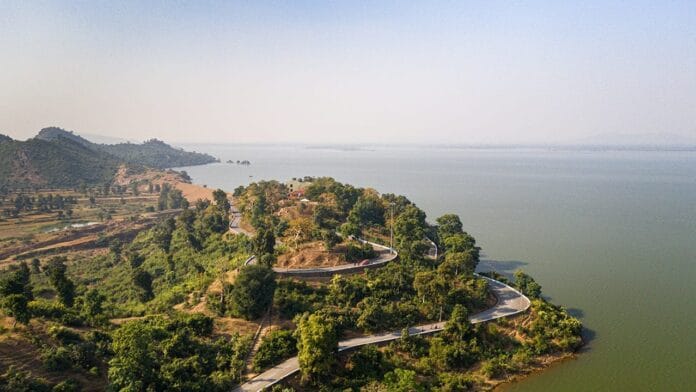Table of Contents
Introduction
When most travelers map their Indian odyssey, they trace well-worn routes—Rajasthan’s sands, Kerala’s backwaters, Himachal’s peaks. But just east of the obvious lies Chhattisgarh, a land cradled by dense forests, ancient tribal cultures, and waterfalls that echo with forgotten legends. It doesn’t just ask to be seen—it dares you to understand it.
This is not a place of polished travel brochures. It’s raw, rhythmic, deeply rooted. It rewards the patient, the curious, the conscious. So if you’re looking beyond the mainstream and craving authenticity, here are 14 Places to Visit in Chhattisgarh —each a living story etched in stone, whispered by trees, and sung in tribal dialects.
1. Chitrakote Falls
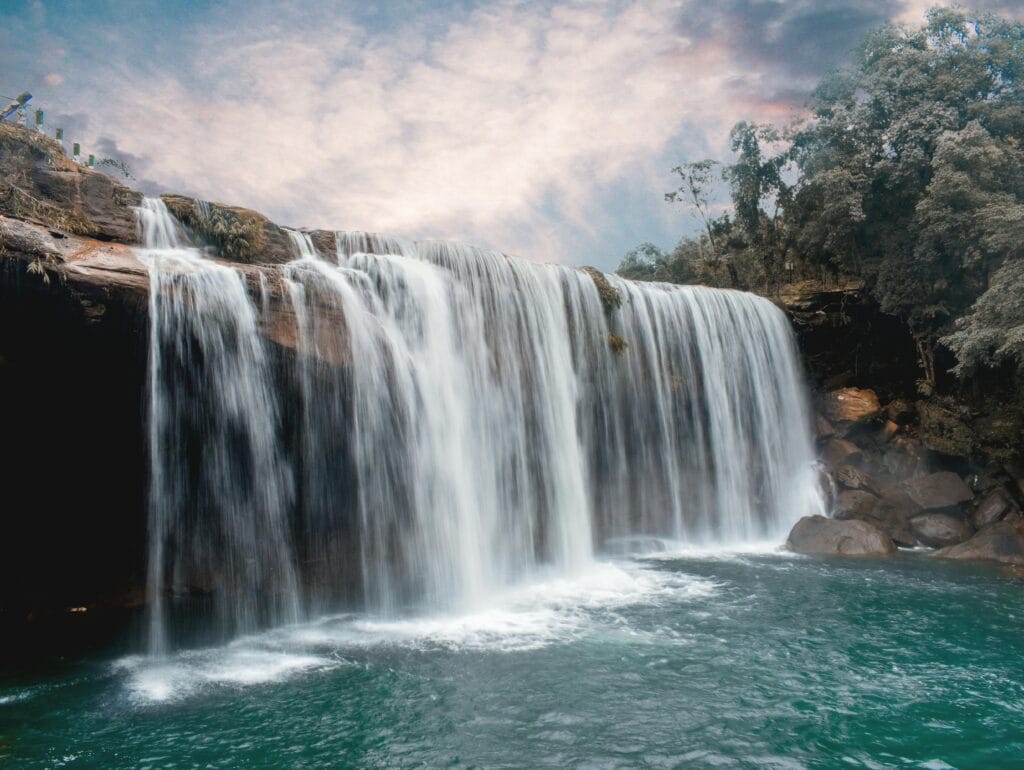
At dusk, the roar of the Chitrakote Falls deepens. A tribal fisherman leans back on his canoe, lit by the soft orange glow, watching water plunge 95 feet into a basalt gorge.
Why Go: The widest waterfall in India, nestled in Bastar district, Chitrakote is nature’s spectacle untouched by over-tourism. Monsoon turns it fierce; winter reveals its poetic calm.
Local Nugget: Visit during Bastar Dussehra—tribes gather near the falls, not for mythology, but for their own centuries-old spiritual rites.
2. Bhoramdeo Temple
Visual Hook: Surrounded by the Maikal hills, this 11th-century temple emerges like a stone lotus—its erotic carvings daring you to question morality, history, and divine desire.
Why Go: Older and arguably more intricate than Khajuraho, Bhoramdeo is a hidden architectural marvel dedicated to Lord Shiva.
Cultural Tip: Combine your visit with a Baiga village walk. This indigenous tribe’s tattoo culture and forest wisdom are humbling.
3. Kanger Valley National Park
Mini-Story: As your guide cracks a termite mound to show medicinal roots, a giant Malabar pied hornbill swoops overhead. Here, even the soil speaks.
Why Go: With limestone caves (like Kutumsar and Dandak), biodiversity, and tribal legends, this park isn’t just a jungle—it’s a living library.
Adventure Tip: The Tirathgarh Waterfalls inside the park are not just photogenic—they’re sacred to local tribes.
4. Dantewada’s Danteshwari Temple
Scene: Candles flicker in the 600-year-old temple as CRPF personnel respectfully remove their boots. This is a land where divinity exists amid conflict.
Why Go: One of the 52 Shakti Peethas, this temple is spiritual and symbolic—proof that life, faith, and resilience endure.
Insight: The Bastar Dussehra begins here—not with fireworks, but a tribal invocation for divine guidance.
5. Mainpat
Hook: Prayer flags flutter against pine trees. A saffron-robed monk chants softly while children chase each other speaking fluent Tibetan.
Why Go: Mainpat is a Tibetan settlement, hill station, and geological curiosity (visit Ulta Pani, the reverse waterfall!).
Cultural Nugget: Sample authentic Tibetan momo and butter tea at small home-run eateries near the Gelugpa Monastery.
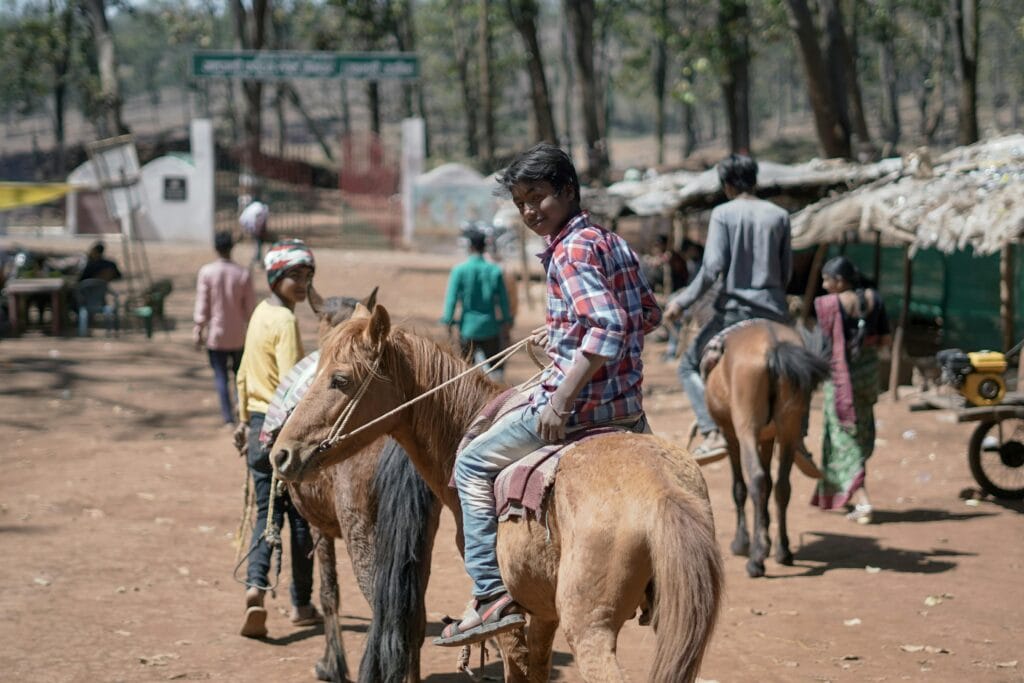
6. Sirpur
Visual Hook: At sunrise, the Laxman Temple casts long shadows—its brick carvings seeming to murmur Buddhist and Shaivite tales.
Why Go: Once visited by Xuanzang, Sirpur is an archaeological trove of temples, monasteries, and buried philosophies.
Tip: Stay at the eco-resort nearby for a sunrise cycle tour among ruins and rice paddies.
7. Barnawapara Wildlife Sanctuary
Story: A herd of wild bison watches you from the shadows. No jeeps crowd in. No lens clicks disturb the moment. Silence is sacred here.
Why Go: Unlike popular parks, Barnawapara offers raw, close-up encounters with leopards, sloth bears, and bison in dense teak forests.
Travel Tip: Opt for a forest guest house and listen for the calls of owls and jackals under a starlit sky.
8. Madku Dweep
Scene: On the banks of the Shivnath River, scattered stone idols rest under neem trees. Priests claim they wash ashore after floods.
Why Go: This island is dotted with 11th-century temples and mystical sculptures—many yet unclassified by archaeologists.
Local Lore: Villagers believe the island is protected by river spirits, and you’ll hear more oral history than textbooks could ever capture.
9. Gadiya Mountain, Kanker
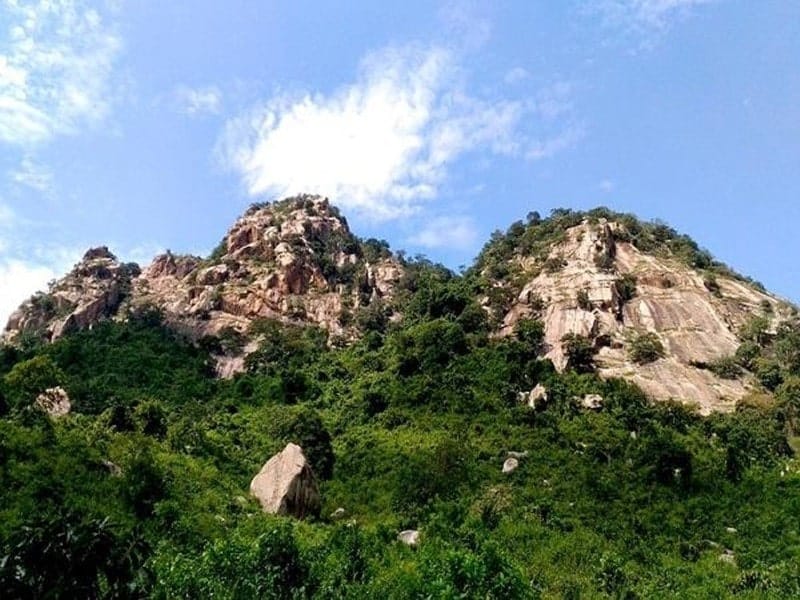
Mini-Story: Climb before dawn and you’ll walk through low-hanging clouds. At the top, a hidden cave-palace tells of tribal kings who once ruled the skies.
Why Go: A natural fort with panoramic views, Gadiya is a hike through geology, mythology, and rebellion.
Tip: Hire a local youth guide—many are descendants of the Kanker royal family and know secret trails.
10. Bastar Art Villages
Scene: An old man hums while etching bell metal into a Durga figurine. Nearby, a woman tattoos her granddaughter’s arms with ancient motifs.
Why Go: Villages like Lohandiguda and Kondagaon are living galleries of Dokra, Terracotta, and Godna (tattoo) traditions.
Cultural Tip: Instead of buying souvenirs in shops, buy directly from artisans. Ask for the story behind each piece—it’ll travel with you.
11. Rajim
Visual Hook: Pilgrims bathe where three rivers meet. Priests chant under peepal trees as temple bells echo over ghats.
Why Go: Rajim is a spiritual town with heritage temples like Rajiv Lochan, and it hosts the Rajim Kumbh—a lesser-known but powerful spiritual gathering.
Spiritual Insight: The locals believe prayers here reach faster—carried by the convergence of Mahanadi, Pairi, and Sondur.
12. Gangrel Dam
Scene: Boats drift lazily as the sun dips into still waters. A tribal fisherman grins, offering you fresh-caught mahseer.
Why Go: It’s Chhattisgarh’s largest dam, with water sports, eco-resorts, and tribal hamlets nearby. A peaceful contrast to India’s noisy hill stations.
Tip: Stay at Hareli Resort and take an early morning kayak trip—it’s meditative.
13. Jashpur
Mini-Story: A group of tribal girls perform the Saila dance in a forest clearing. Their laughter mixes with drumbeats as dusk falls.
Why Go: With its waterfalls, caves, and Catholic tribal heritage, Jashpur is perhaps Chhattisgarh’s best-kept secret.
Cultural Tip: Visit during Chaitra Navratri—rituals here blend animist and Christian influences in a rare cultural confluence.
14. Ramnami Villages
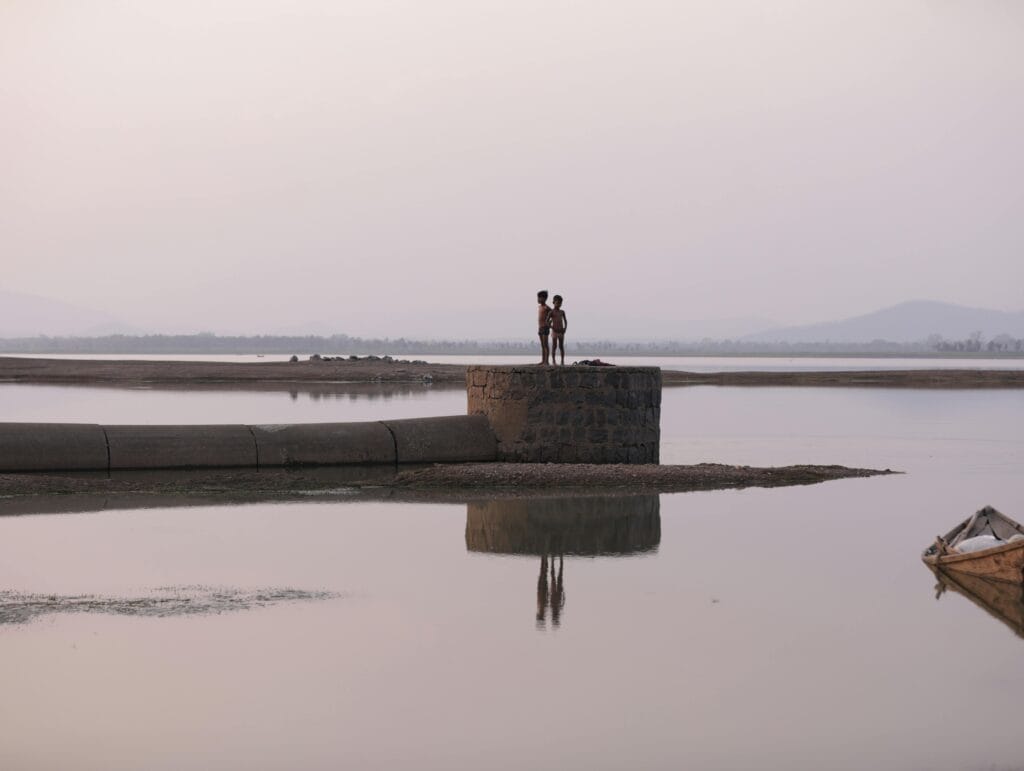
Visual Hook: An old man with “Ram” tattooed across his entire face offers you tea and smiles like a sage from another time.
Why Go: The Ramnami Samaj, a Dalit community, tattoos the name of Ram on their bodies as resistance and devotion—denied entry into temples, they made their bodies temples.
Reflective Tip: Visit respectfully. Listen more than you speak. These stories are not tourist attractions—they are living spiritual protests.
Conclusion
Chhattisgarh doesn’t seduce you like touristy destinations do. It tests you. It teaches you. It invites you into silences broken by drumbeats, forests that hold more than trees, and communities who’ve lived sustainably long before it became a buzzword.
These 14 places to visit in Chhattisgarh aren’t just stops on a map—they are stories, struggles, and sanctuaries. For the conscious traveler, it’s not just a destination—it’s a conversation with India’s tribal heart, untamed spirit, and enduring soul.
Chhattisgarh is not on your bucket list yet. But maybe it should be.

